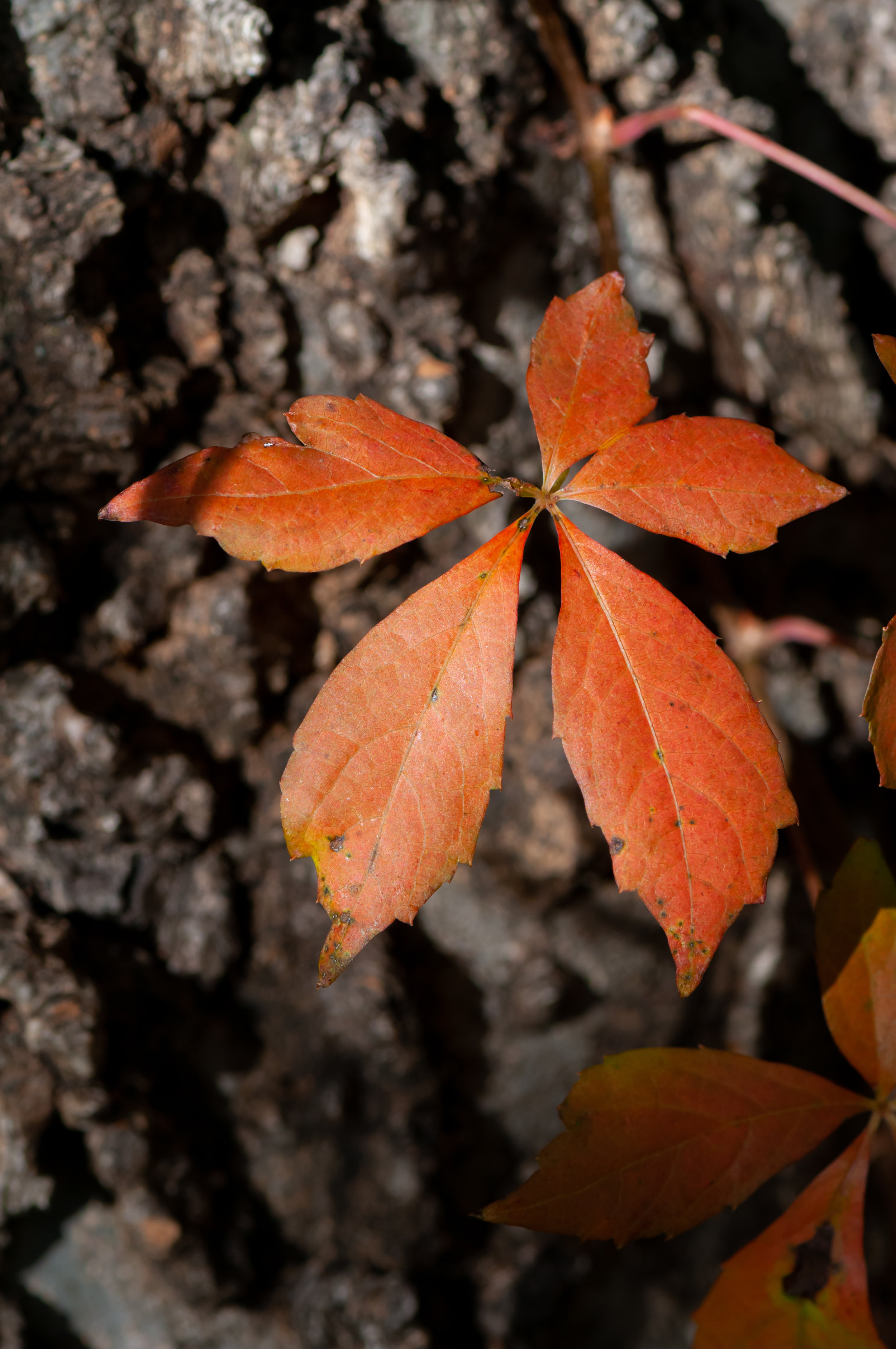Love My Oboz® Boots!
I purchased these boots last summer after seeing them on a trip too Colorado. I liked the looks of the mid-high Sawtooth boot. These boots are lightweight, waterproof, and durable. I love that they are made in the USA. Oboz® = outside + Bozeman. After wearing them all summer and fall, I feel like I have enough miles on them to give an honest review. These boots have been to Colorado, New Mexico and all over Oklahoma.
First, the Sawtooth boots are very comfortable – the fit and feel are outstanding. They have performed well in many types of terrain. Hiking in the Colorado and New Mexico Rockies and hiking in Oklahoma in many conditions and terrains They are so comfortable I wore them on tow long-term camping trips this past fall. I have been very satisfied with their performance.
About the fit – Oboz® has a patented O Fit Insole™ that is one of the keys to the boots comfort. Check out their complete OFit Insole™ system on their webs site here: https://obozfootwear.com/o-fit-system
Another cool feature of the boots is the sole – it features a map of the Sawtooth Mountains in the design. I have been on loose rocky trails, sandy trails, granite builders, sandstone canyons, and mixed woodlands without any slipping or loss of footing. The soles do not pick up much debris or mud either, at least so far. They are easy to clean and care for.
These boots are so comfortable, I napped in hem!
Oh yes, they are waterproof too! Oboz® has a unique waterproof BDry system. The membrane is tested to insure it is waterproof. The worst wet condition I have been in with these boots is heavy dew on tall grass. While my legs got soaked, my feet stayed nice and dry (I did have on some gators).
As a travel and wildlife photographer, I appreciate the quality of the boot, the style, the amazing fit and comfort, and the price. On a smaller note (but important to me) the laces stay tied! Check out the complete Oboz® story and their line of boots, shoes, and sandals for yourself here:https://obozfootwear.com































